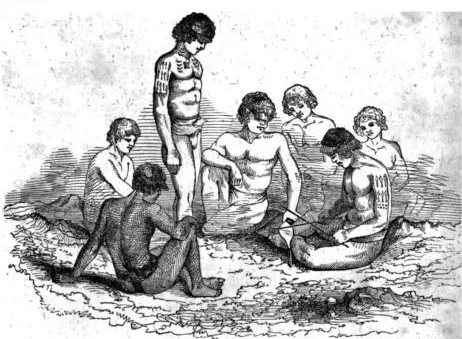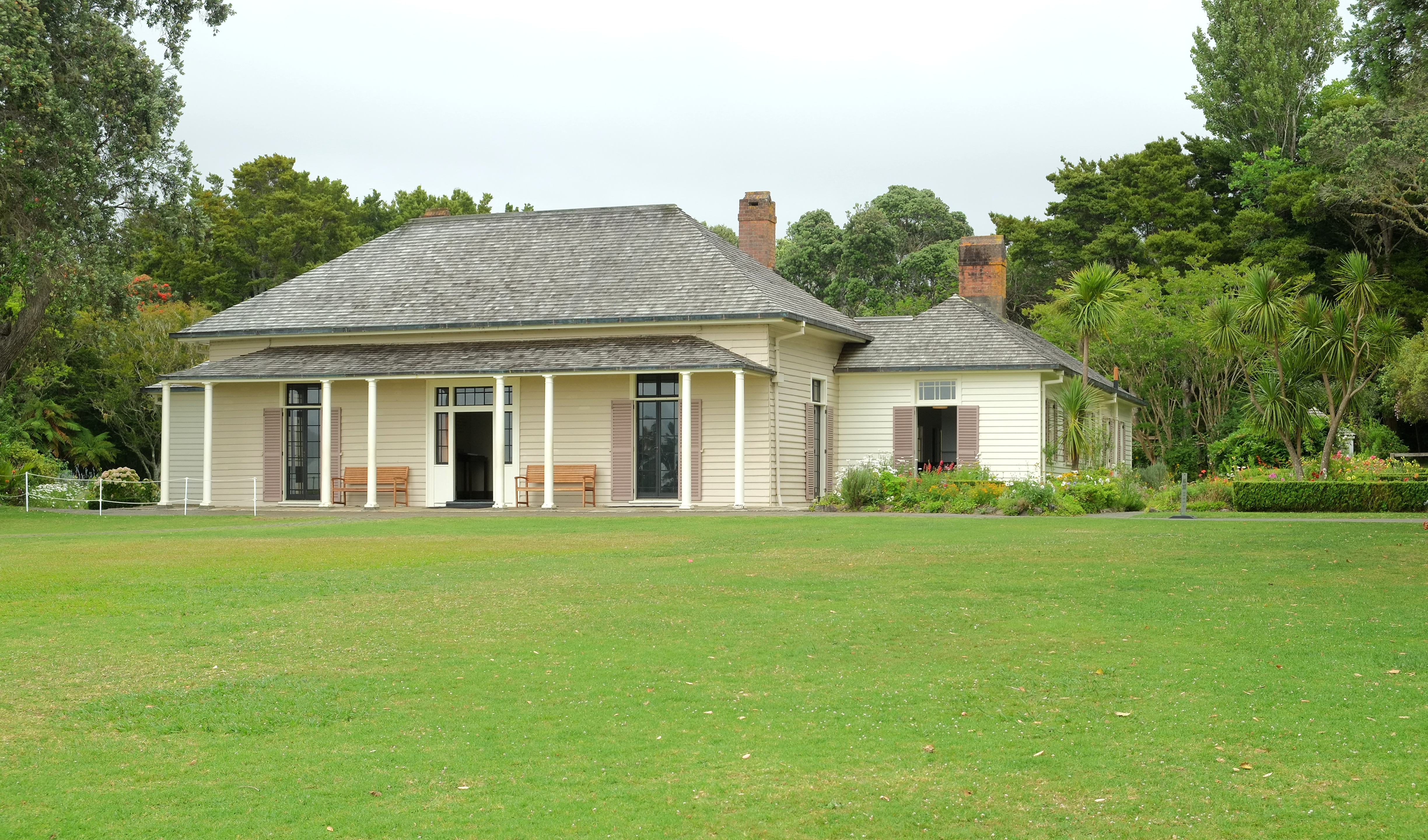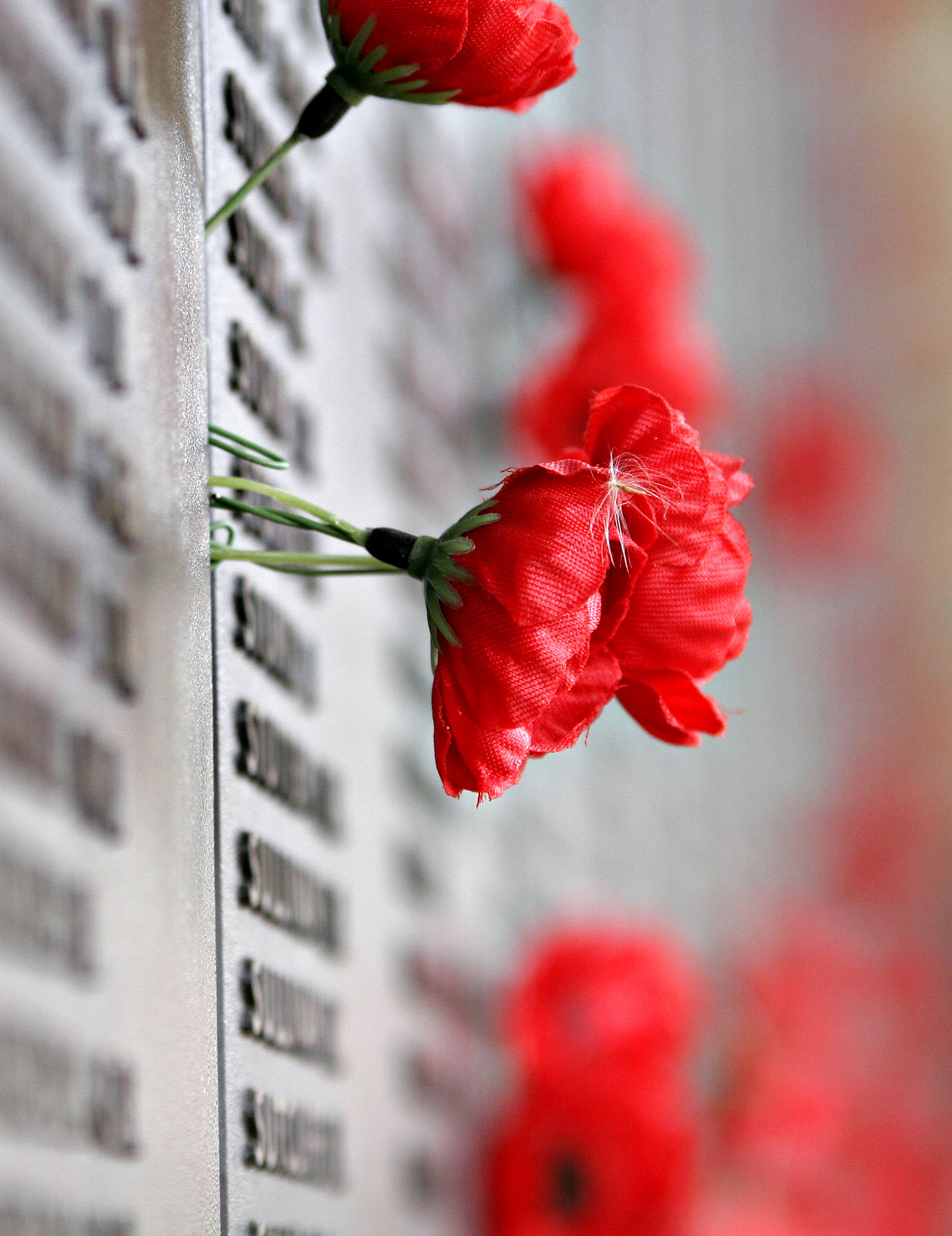|
Public Holidays In Tokelau
Public holidays in Tokelau are described in the ''Interpretation Rules 2003'' as " Sunday, Christmas Day, Boxing Day, New Year's Day, Good Friday, Easter Monday, Tokehega Day, and any day declared by a village to be a public holiday". Although some New Zealand public holidays, such as Waitangi Day and ANZAC Day are celebrated in Tokelau, these are not official holidays. Tokehega Day Tokehega Day is celebrated on 3 September, Holidayyear, 2015. the date that the came into effect in 1983. References |
Public Holiday
A public holiday, national holiday, or legal holiday is a holiday generally established by law and is usually a non-working day during the year. Sovereign nations and territories observe holidays based on events of significance to their history, such as the National Day. For example, Australians celebrate Australia Day. They vary by country and may vary by year. With Public holidays in Nepal, 36 days a year, Nepal is the country with the highest number of public holidays but it observes six working days a week. India ranks second with 21 national holidays, followed by Colombia and the Philippines at 18 each. Likewise, China and Hong Kong enjoy 17 public breaks a year. Some countries (e.g. Cambodia) with a longer, six-day workweek, have more holidays (28) to compensate. The public holidays are generally days of celebration, like the anniversary of a significant historical event, or can be a religious holiday, religious celebration like Diwali. Holidays can land on a specific day ... [...More Info...] [...Related Items...] OR: [Wikipedia] [Google] [Baidu] |
Tokelau
Tokelau (; ; known previously as the Union Islands, and, until 1976, known officially as the Tokelau Islands) is a dependent territory of New Zealand in the southern Pacific Ocean. It consists of three tropical coral atolls: Atafu, Nukunonu, and Fakaofo. They have a combined land area of . The capital rotates yearly among the three atolls. In addition to these three, Swains Island, which forms part of the same archipelago, is the subject of an ongoing territorial dispute; it is currently administered by the United States as part of American Samoa. Tokelau lies north of the Samoan Islands, east of Tuvalu, south of the Phoenix Islands, southwest of the more distant Line Islands, and northwest of the Cook Islands. Tokelau has a population of approximately 1,500 people; it has the fourth-smallest population of any sovereign state or dependency in the world. As of the 2016 census, around 45% of its residents had been born overseas, mostly in Samoa or New Zealand. The populace has ... [...More Info...] [...Related Items...] OR: [Wikipedia] [Google] [Baidu] |
Sunday
Sunday is the day of the week between Saturday and Monday. In most Western countries, Sunday is a day of rest and a part of the weekend. It is often considered the first day of the week. For most observant adherents of Christianity, Sunday is generally observed as a day of worship and rest, recognising it as the ''Lord's Day'' and the day of Christ's resurrection; in the United States, Canada, Japan, the Philippines as well as in most of South America, Sunday is the first day of the week. According to the Hebrew calendar and traditional calendars (including Christian calendars) Sunday is the first day of the week; Quaker Christians call Sunday the "first day" in accordance with their testimony of simplicity. The International Organization for Standardization ISO 8601, which is based in Switzerland, calls Sunday the seventh day of the week. Etymology The name "Sunday", the day of the Sun, is derived from Hellenistic astrology, where the seven planets, known in English as ... [...More Info...] [...Related Items...] OR: [Wikipedia] [Google] [Baidu] |
Christmas Day
Christmas is an annual festival commemorating the birth of Jesus Christ, observed primarily on December 25 as a religious and cultural celebration among billions of people around the world. A feast central to the Christian liturgical year, it is preceded by the season of Advent or the Nativity Fast and initiates the season of Christmastide, which historically in the West lasts twelve days and culminates on Twelfth Night. Christmas Day is a public holiday in many countries, is celebrated religiously by a majority of Christians, as well as culturally by many non-Christians, and forms an integral part of the holiday season organized around it. The traditional Christmas narrative recounted in the New Testament, known as the Nativity of Jesus, says that Jesus was born in Bethlehem, in accordance with messianic prophecies. When Joseph and Mary arrived in the city, the inn had no room and so they were offered a stable where the Christ Child was soon born, with angels proclaim ... [...More Info...] [...Related Items...] OR: [Wikipedia] [Google] [Baidu] |
Boxing Day
Boxing Day is a holiday celebrated after Christmas Day, occurring on the second day of Christmastide (26 December). Though it originated as a holiday to give gifts to the poor, today Boxing Day is primarily known as a shopping holiday. It originated in Great Britain and is celebrated in a number of countries that previously formed part of the British Empire. The attached bank holiday or public holiday may take place on 28 December if necessary to ensure it falls on a weekday. Boxing Day is also concurrent with the Catholic holiday Saint Stephen's Day. In parts of Europe, such as several regions of Spain, Czech Republic, Germany, Austria, Hungary, the Netherlands, Italy, Poland, Slovakia, Croatia, Denmark, Finland, Sweden, Belgium, Norway, and Ireland, 26 December is Saint Stephen's Day, which is considered the second day of Christmas. Etymology There are competing theories for the origins of the term, none of which is definitive. The European tradition of giving money ... [...More Info...] [...Related Items...] OR: [Wikipedia] [Google] [Baidu] |
New Year's Day
New Year's Day is a festival observed in most of the world on 1 January, the first day of the year in the modern Gregorian calendar. 1 January is also New Year's Day on the Julian calendar, but this is not the same day as the Gregorian one. Whilst most solar calendars (like the Gregorian and Julian) begin the year regularly at or near the northern winter solstice, cultures that observe a lunisolar or lunar calendar celebrate their New Year (such as the Chinese New Year and the Islamic New Year) at less fixed points relative to the solar year. In pre-Christian Rome under the Julian calendar, the day was dedicated to Janus, god of gateways and beginnings, for whom January is also named. From Roman times until the middle of the 18th century, the new year was celebrated at various stages and in various parts of Christian Europe on 25 December, on 1 March, on 25 March and on the movable feast of Easter. In the present day, with most countries now using the Gregorian calendar ... [...More Info...] [...Related Items...] OR: [Wikipedia] [Google] [Baidu] |
Good Friday
Good Friday is a Christian holiday commemorating the crucifixion of Jesus and his death at Calvary. It is observed during Holy Week as part of the Paschal Triduum. It is also known as Holy Friday, Great Friday, Great and Holy Friday (also Holy and Great Friday), and Black Friday. Members of many Christian denominations, including the Catholic, Eastern Orthodox, Lutheran, Anglican, Methodist, Oriental Orthodox, United Protestant and some Reformed traditions (including certain Continental Reformed, Presbyterian and Congregationalist churches), observe Good Friday with fasting and church services. In many Catholic, Lutheran, Anglican and Methodist churches, the Service of the Great Three Hours' Agony is held from noon until 3 pm, the time duration that the Bible records as darkness covering the land to Jesus' sacrificial death on the cross. Communicants of the Moravian Church have a Good Friday tradition of cleaning gravestones in Moravian cemeteries. The date of Good Fr ... [...More Info...] [...Related Items...] OR: [Wikipedia] [Google] [Baidu] |
Easter Monday
Easter Monday refers to the day after Easter Sunday in either the Eastern or Western Christian traditions. It is a public holiday in some countries. It is the second day of Eastertide. In Western Christianity, it marks the second day of the Octave of Easter, and in Eastern Christianity it marks the second day of Bright Week. Religious observances Eastern Christianity In the Eastern Orthodox Church and Byzantine Rite Catholic Churches, this day is called "Bright Monday" or "Renewal Monday". The services, as in the rest of Bright Week, are quite different from during the rest of the year and are similar to the services on Pascha (Easter Sunday) and include an outdoor procession after the Divine Liturgy; while this is prescribed for all days of that week, often they are only celebrated on Monday and maybe a couple of other days in parish churches, especially in non-Orthodox countries. Also, when the calendar date of the feast day of a major saint, ''e.g.'', St. George or the ... [...More Info...] [...Related Items...] OR: [Wikipedia] [Google] [Baidu] |
Public Holidays In New Zealand
Public holidays in New Zealand (also known as statutory holidays) consist of a variety of cultural, national, and religious holidays that are legislated in New Zealand. Workers can get a maximum of 12 public holidays (eleven national holidays plus one provincial holiday) and a minimum of 20 annual leave days a year. History Bank Holidays in New Zealand originated with a celebration of St Andrew's Day in 1857. Nationwide public holidays began with the Bank Holidays Act 1873, which was based on the UK Bank Holidays Act 1871. Initially there was some resistance to it. Anniversary Days celebrated, from as early as 1843, the first arrivals of settlers in each province. By 1846 the Wellington Anniversary Day was described as having the appearance of an English Fair. A "one off" national public holiday was declared by the Prime Minister for 26 September 2022 to allow people to pay their respects for the passing of Queen Elizabeth II, the longest-reigning monarch of New Zealand. S ... [...More Info...] [...Related Items...] OR: [Wikipedia] [Google] [Baidu] |
Waitangi Day
Waitangi Day ( mi, Te Rā o Waitangi), the national day of New Zealand, marks the anniversary of the initial signing – on 6 February 1840 – of the Treaty of Waitangi, which is regarded as the founding document of the nation. The first Waitangi Day was not celebrated until 1934, and it was made a national public holiday in 1974. In present-day New Zealand, the anniversary is observed annually on 6 February and the day is usually recognised as a public holiday (if the date falls on a Saturday or Sunday then the following Monday is observed as the public holiday). Ceremonies take place at Waitangi and elsewhere to commemorate the signing of the treaty. A variety of events are staged, including parties, Māori hui (social gatherings), reflections on New Zealand history, official awards and citizenship ceremonies. The commemoration has also been the focus of protest by Māori activists, and is occasionally the focus of controversy. History The Treaty of Waitangi ( mi, Te Tir ... [...More Info...] [...Related Items...] OR: [Wikipedia] [Google] [Baidu] |
ANZAC Day
, image = Dawn service gnangarra 03.jpg , caption = Anzac Day Dawn Service at Kings Park, Western Australia, 25 April 2009, 94th anniversary. , observedby = Australia Christmas Island Cocos (Keeling) Islands Cook Islands New Zealand Niue Norfolk Island Tokelau Tonga , duration = 1 day , frequency = Annual , scheduling = same day each year , date = 25 April , observances = Dawn services, commemorative marches, remembrance services , type = historical , longtype = Commemorative, patriotic, historic , significance = National day of remembrance and first landing of the Anzacs at Gallipoli , relatedto = Remembrance Day Anzac Day () is a national day of remembrance in Australia and New Zealand that broadly commemorates all Australians and New Zealanders "who served and died in all wars, conflicts, and peacekeeping operations" and "the contribution and suffering of all those who have served". Observed on 25 April eac ... [...More Info...] [...Related Items...] OR: [Wikipedia] [Google] [Baidu] |
Treaty Of Tokehega
The Treaty of Tokehega (), officially titled the Treaty between the United States of America and New Zealand on the Delimitation of the Maritime Boundary between Tokelau and the United States of America, is a 1980 treaty between New Zealand and the United States that settles disputed claims and delineates the maritime boundary between Tokelau and American Samoa. The treaty's short name is a portmanteau of Tokelau and Olohega (, the Tokelauan name of Swains Island), which the boundary separates. History Swains Island was initially settled by Polynesian voyagers and later conquered by Tokelauans from Fakaofo. In 1856, while populated by Tokelauans, Swains Island was settled by the American Eli Hutchinson Jennings and his Samoan wife Malia. Jennings claimed ownership of the island and governed it as a semi-independent settlement. [...More Info...] [...Related Items...] OR: [Wikipedia] [Google] [Baidu] |


.jpg)
.jpg)


.jpg)

